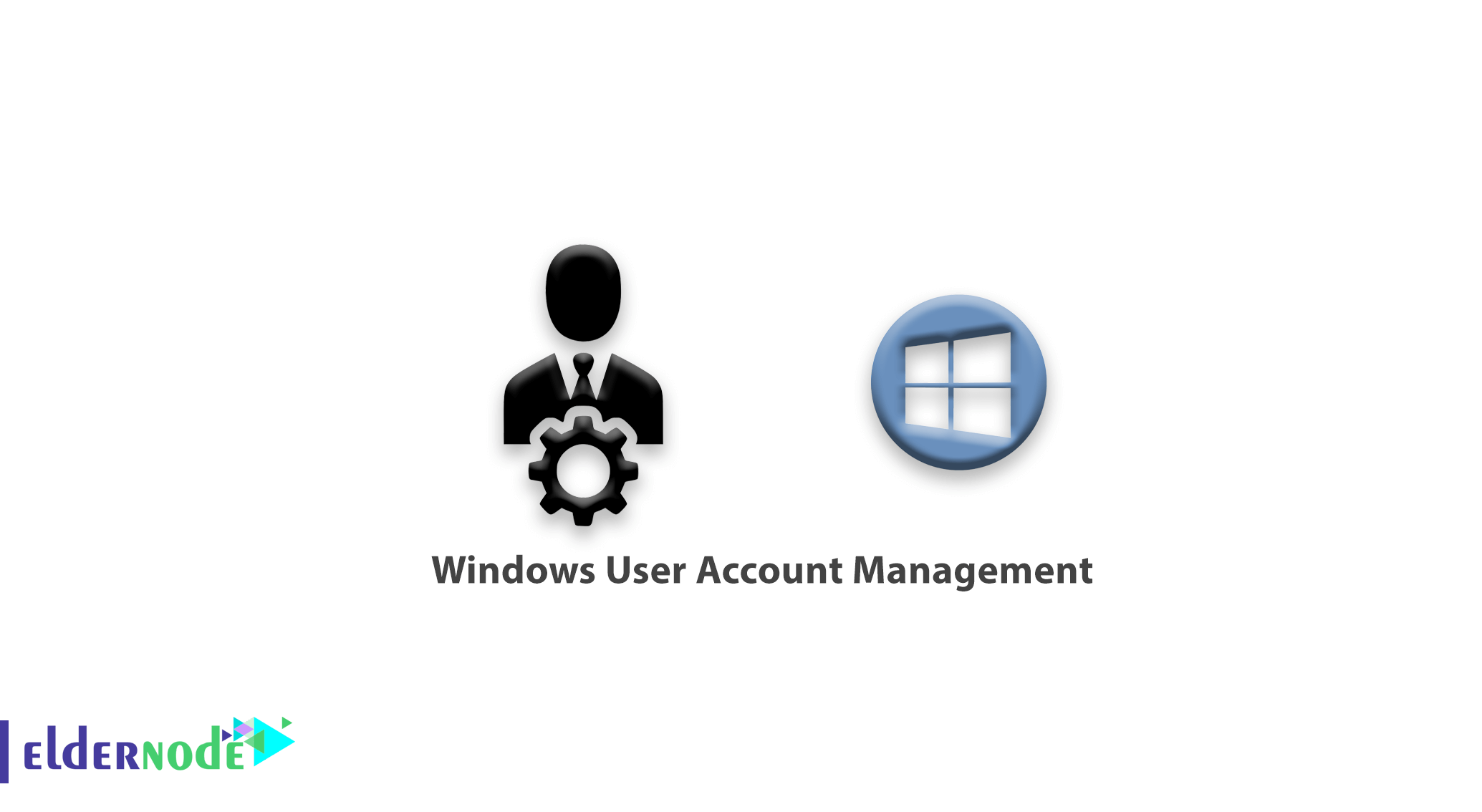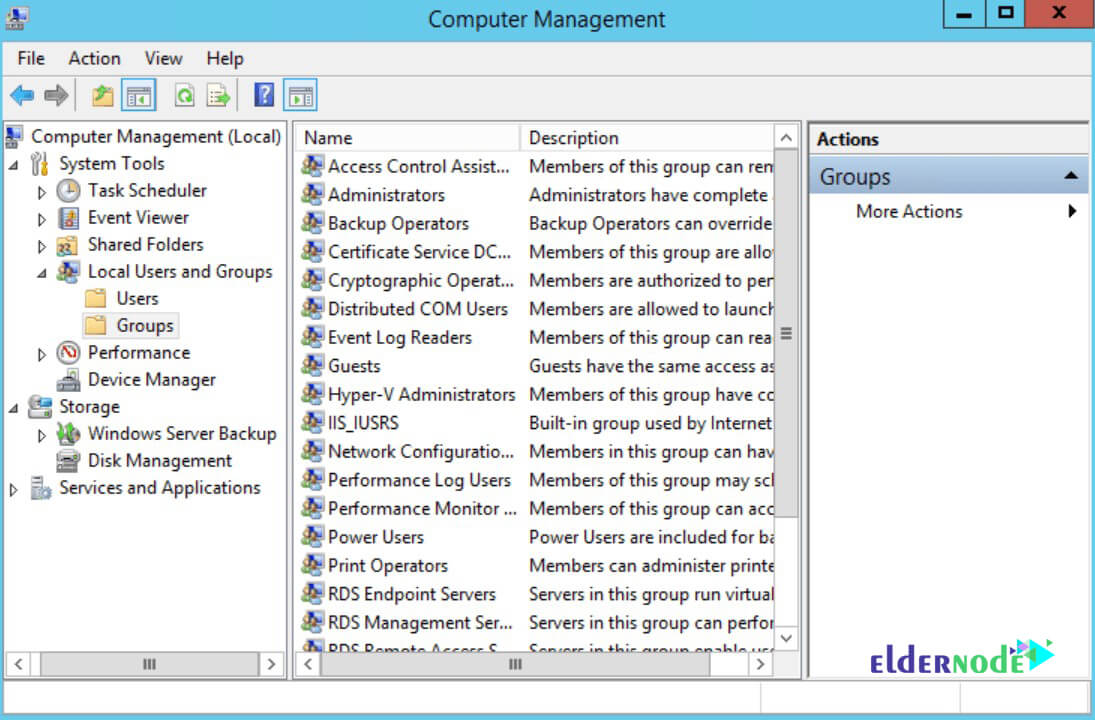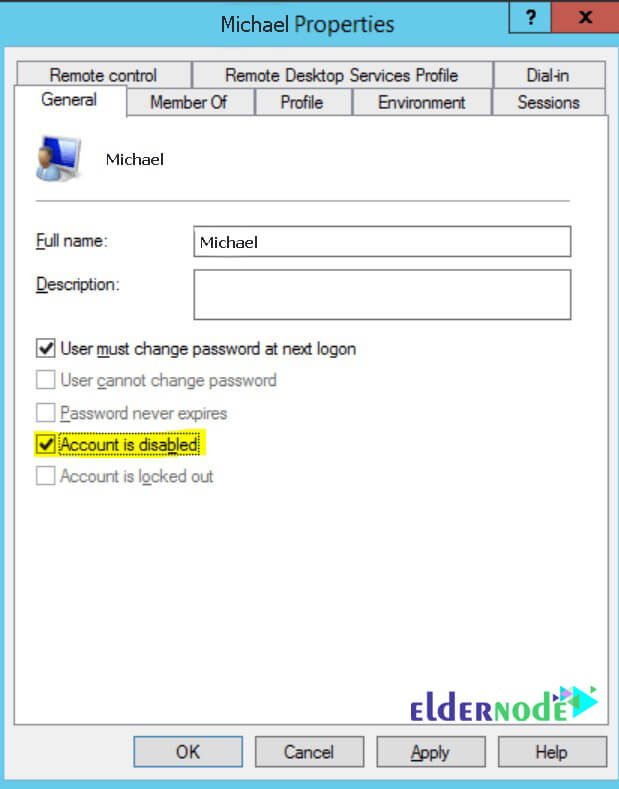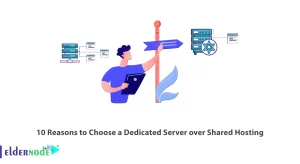
Tutorial Windows User Account Management. Managing who has access to your server, and what type of access that person is an important part of server administration. It assumes your Windows Server is on a Workstation and not a part of an Active Directory domain. The process for resetting an Active Directory user account is different and out of scope for this article. This article will address multiple areas relating to user accounts on the Windows operating system.
Buy Windows Virtual Private Server
To determine if your server is on a workstation, or an Active Directory domain, launch PowerShell and run the following command:
Get-WmiObject Win32_ComputerSystem | Select-Object domainThe output of the above command will be as follows:

Table of Contents
Computer Management Tool
You will use the Computer Management tool to create and manage Windows accounts.
Note: We will perform all of our user management from this tool.
To open the Computer Management tool, in a command prompt, or in a PowerShell console, type the following and then press enter:
compmgmt.mscYou can also right-click the start button and select Computer Management.
You’ll see a tool comparable to the following:

How to Create Accounts
While using the Computer Management tool, expand Local Users and Groups and click the Users folder.
You can now view all the existing user accounts on the server on the right-hand pane.
To create a new user, perform the following steps:
1. Select More Actions under the Actions pane on the right.
2. select New User.

The New User window will pop up where you can fill out the following information:
- – User Name: (Required)
- – Full Name: (Optional descriptor)
- – Description: (Optional descriptor)
- – Password: (Optional)
The following options are available upon creating a new user account:
A) You can select the following option if creating an account for someone other than yourself:
The user must change the password upon login.
B) The following option is optional and is used for special occasions:
The user cannot change the password.
C) The following option is commonly used for service accounts:
Password never expires.
D) The following option is optional and is used for special occasions:
The account is disabled.
When you are ready to go, hit create and your new user account should show up.
How to Reset Password for User Accounts
This is an easy task within the Windows Management tool. You can do the following to reset your password for an account:
1.In Windows Management expand Local Users and Groups and click the Users container.
2.Locate the user account you want to edit in the middle pane, and right-click the account.
3.Select Set Password.
4.Read the notice pop up, and select Proceed.
5.Set the password and hit OK.
Password Requirements
The password requirements are customizable on your server, but the default values are below for reference:
– Be at least six characters in length.
– Contain characters from three of the following four categories:
– English uppercase characters (A through Z)
– English lowercase characters (a through z)
– Base 10 digits (0 through 9)
– Non-alphabetic characters (for example, !, $, #, %)
– Not contain the user’s account name or parts of the user’s full name that exceed two consecutive characters.
– Complexity requirements are enforced when passwords are changed or created.
How to Add Users to Groups
Groups allow you to manage permissions and the right assignments for multiple users at a time.
There are many system groups created by default when you install windows. Assigning users to these system groups gives specific rights to users such as Backup Operator.
If you would like a user to have remote desktop privileges, but not be an administrator, you assign them to the Remote Desktop Users group.
Assigning a user to the Administrators group, by default gives the account Remote Desktop Users privileges.
To assign a user account to a local group perform the following steps:
1. In Windows Management expand Local Users and Groups.
2. Click the Groups container.
3. Locate the group you want to add the user to, right-click it and select Add to Group.
4. In the new window, you will see the current members of the group.
5. Select Add at the bottom.
6. A new window will pop up Select Users.
7. Enter the account name to add, and hit check names.
8. Hit OK to add the account to the group.

How to Create Groups
To create a new group in Windows Management execute the following:
1. In Windows Management expand Local Users and Groups.
2. Click the Groups container.
3. Select More Actions under the Actions pane on the right.
4. Select New Group. The New Group window will pop up.
5. Assign a group name.
Note: The description is optional.
6. You can add accounts to the group upon creation by clicking add.
7. Select Create.

Tutorial Windows User Account Management.
How to Delete and Disable Accounts
When users no longer require access to your server, you might want to revoke their access by deleting or disabling their accounts.
Typically, you will want to disable accounts for a short period before deleting them. This allows you to recover from issues that might arise from removing an account. To disable an account in the Windows Management tool perform the following steps:
1. In Windows Management expand Local Users and Groups.
2. Click the Users container.
3. Locate the user account you want to edit in the middle pane, and right-click the account.
4. Select properties to expose the account properties window.
5. Under the General tab, select the Account is disabled box and hit OK.

To delete an account in the Windows Management tool perform the following steps:
1.In Windows Management expand Local Users and Groups.
2.Click the Users container.
3.Locate the user account you want to edit in the middle pane, and right-click the account.
4.Select Delete.
5.Read the notice and select Yes when ready.
Dear user, we hope you would enjoy this tutorial, you can ask questions about this training in the comments section, or to solve other problems in the field of Eldernode training, refer to the Ask page section and raise your problem in it as soon as possible. Make time for other users and experts to answer your questions.
Tutorial Windows User Account Management.
Goodluck.




